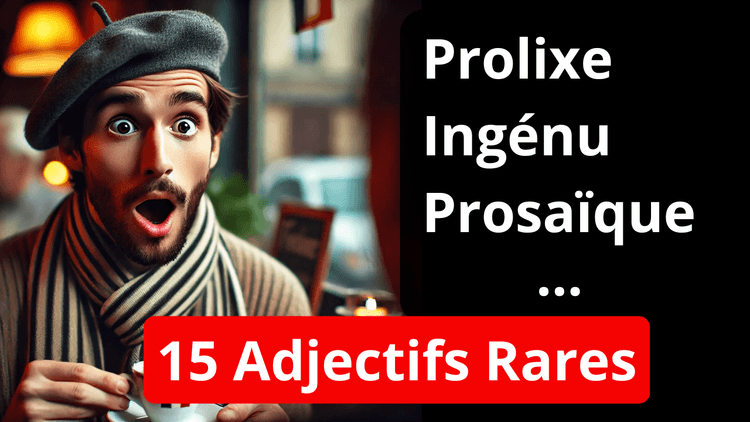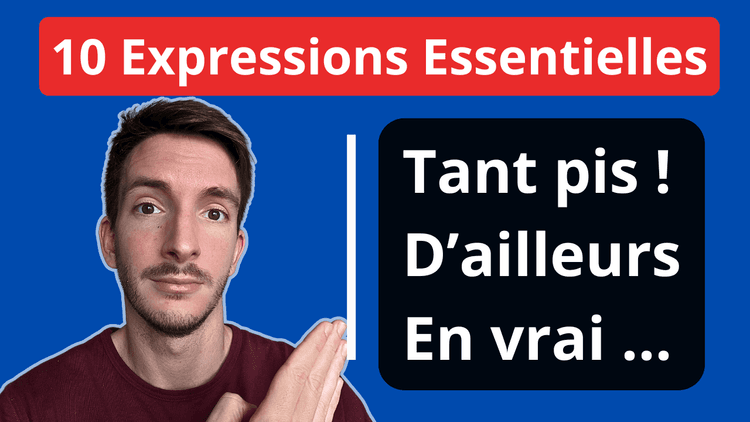Mastering the "Est-ce que" Structure for Clear Questions in French - An Essential Guide
Difficulty:A1
-
March 2, 2024
3/2/2024
Hello everyone and welcome to our blog Start French Now. Today, we're focusing on a fundamental aspect of communication in French: the ability to ask questions in a clear and precise manner. An essential tool in this learning process is the "Est-ce que" structure.
In this article, we'll guide you through the nuances of using "Est-ce que", providing you with practical examples and exercises to master this interrogative structure. So, let's embark on an enriching linguistic adventure!
Closed and Open Questions
Effective communication in French requires a good understanding of the different types of questions: closed questions and open questions. Closed questions are those where the expected answer is either "yes" or "no". They are simple, direct, and facilitate quick responses on specific topics. For example,
Avez-vous faim ?
As-tu retrouvé tes clés ?
Here, a "yes" or "no" response is expected.
On the other hand, open questions invite more detailed and varied responses. They often begin with an interrogative word like "Où", "Quand", "Comment", and open the door to a multitude of possible answers.
Où aimerais-tu voyager ?
Comment avez-vous fait ?
These two examples encourage a more personal and detailed response.
Loading...
The Structure with "Est-ce que"
After exploring the differences between open and closed questions, let's focus on a key linguistic tool that facilitates the formulation of questions in French: the "Est-ce que" structure. This formulation is a simple and direct way to turn a statement into a question, without having to invert the word order or modify the sentence's intonation.
The use of "Est-ce que" is particularly handy for closed questions, where the expected answer is either "yes" or "no". By simply adding "Est-ce que" at the beginning of a statement, you immediately turn it into a question. For example:
Est-ce que vous avez une table de libre ?
Est-ce que tu aimes le football ?
For open questions, which require a more detailed response, "Est-ce que" is accompanied by the interrogative word placed at the beginning of the question. This keeps the sentence structure clear and understandable. Here's how it works:
Où est-ce que vous allez ?
Quand est-ce que le film commence ?
"Est-ce que" is an essential tool for improving your oral communication.
Exercise 2: Transforming Basic Statements with "Est-ce que"
Now that you have a better understanding of the "Est-ce que" structure, it's time to practice. In this exercise, transform basic questions using the "Est-ce que" structure.
Shuffle
Loading...
Conclusion
Mastering the "Est-ce que" structure for asking questions in French is a significant step towards more fluid and precise communication. Whether for closed or open questions, understanding and correctly applying this structure can greatly improve your fluency in French. We hope the explanations and exercises provided have helped you grasp its use better.
If you wish to continue your learning and discover more essential structures and grammatical rules, we invite you to check out our video courses on Udemy. With a structured and interactive approach, our courses are designed to guide you step by step in your French learning journey.
Additionally, feel free to explore the grammar section of our blog for even more knowledge enrichment. You'll find a wealth of resources to help you overcome the challenges of the French language.
We thank you for your interest and commitment to learning French. Bon courage on your linguistic adventure!

Subscribe to our newsletter
Latest posts
Browse all posts
Subscribe to our newsletter
Stay informed and get a free video

